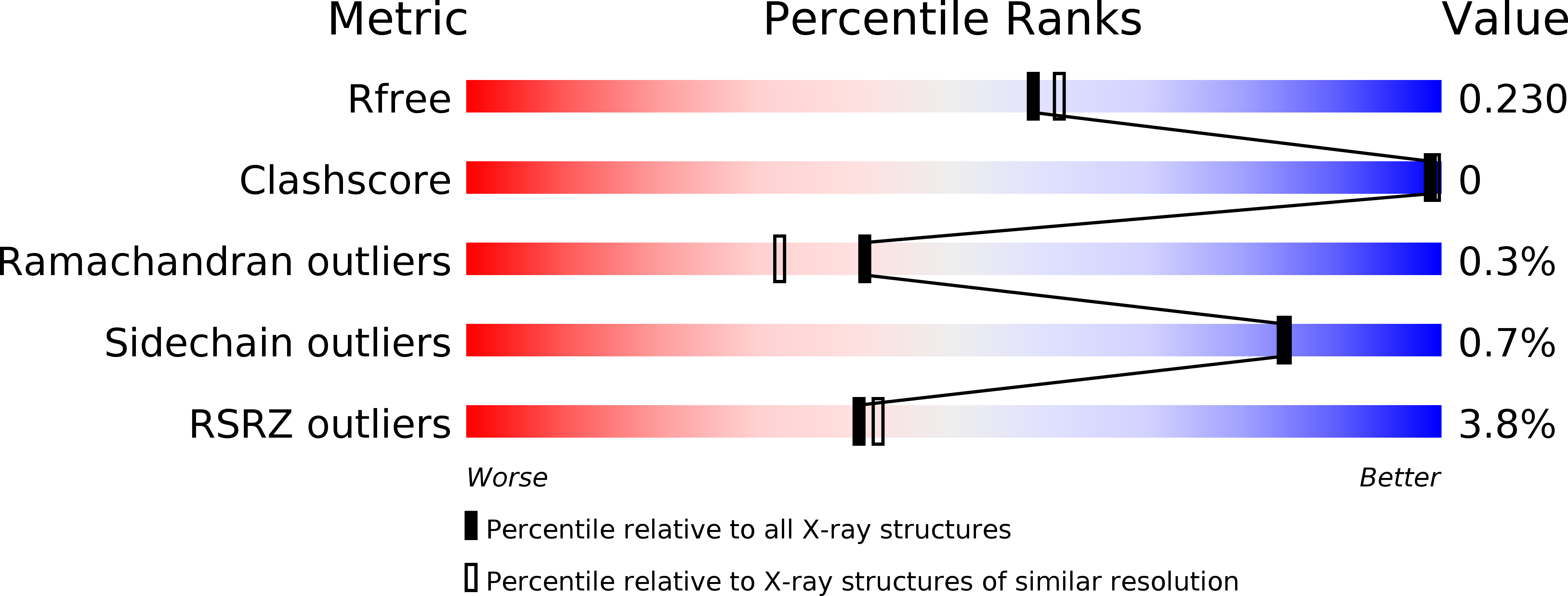
Deposition Date
2016-05-12
Release Date
2016-08-31
Last Version Date
2024-11-06
Entry Detail
PDB ID:
5JX2
Keywords:
Title:
Crystal structure of MglB-2 (Tp0684) from Treponema pallidum
Biological Source:
Source Organism:
Treponema pallidum (strain Nichols) (Taxon ID: 243276)
Host Organism:
Method Details:
Experimental Method:
Resolution:
2.05 Å
R-Value Free:
0.22
R-Value Work:
0.18
R-Value Observed:
0.18
Space Group:
C 2 2 21


